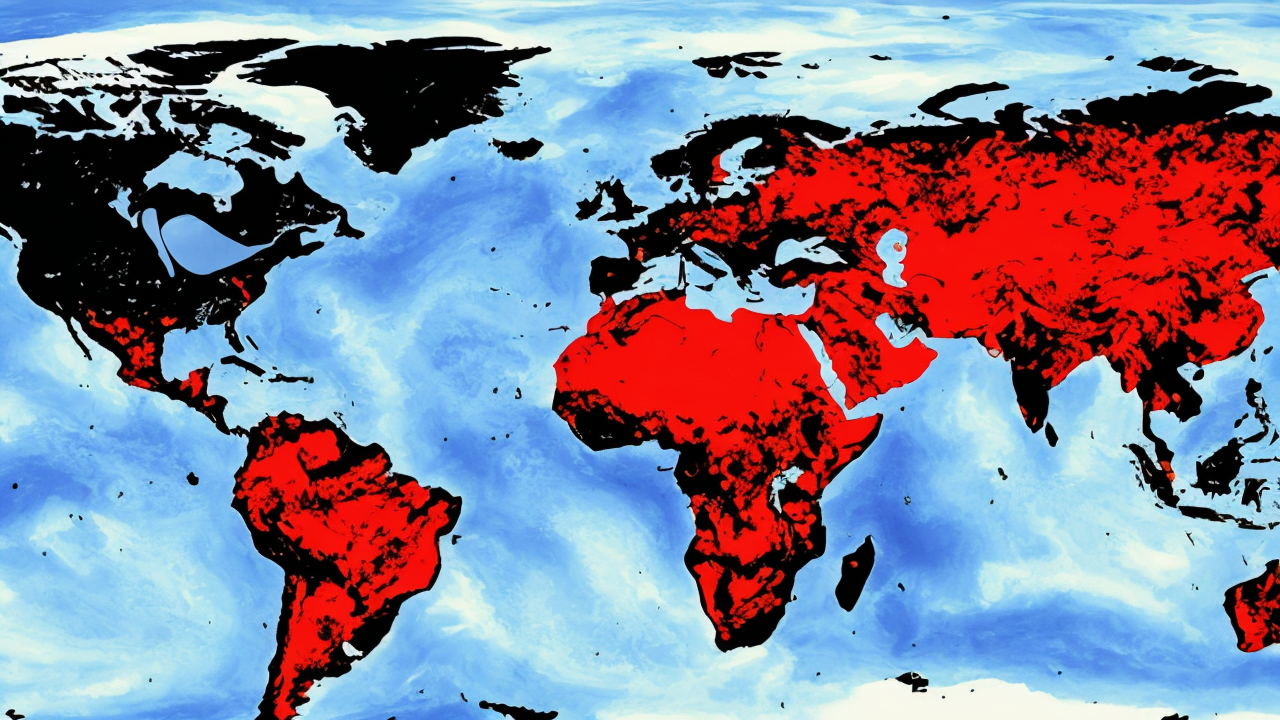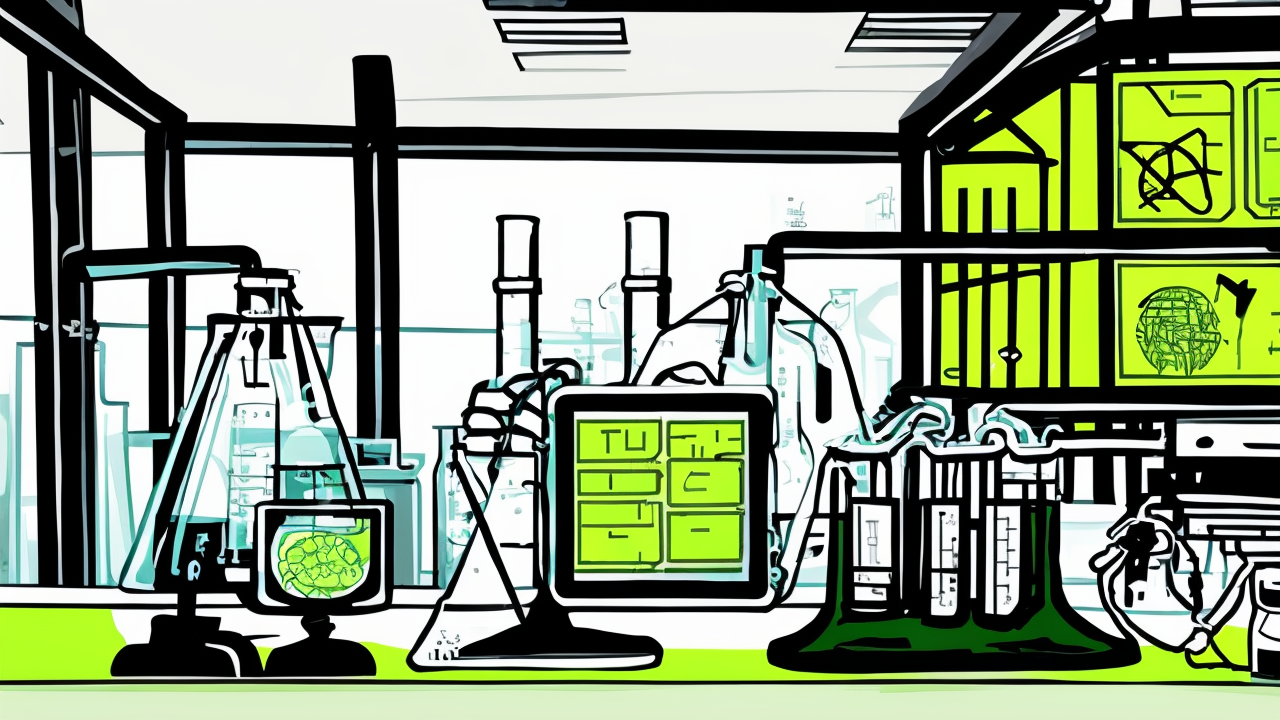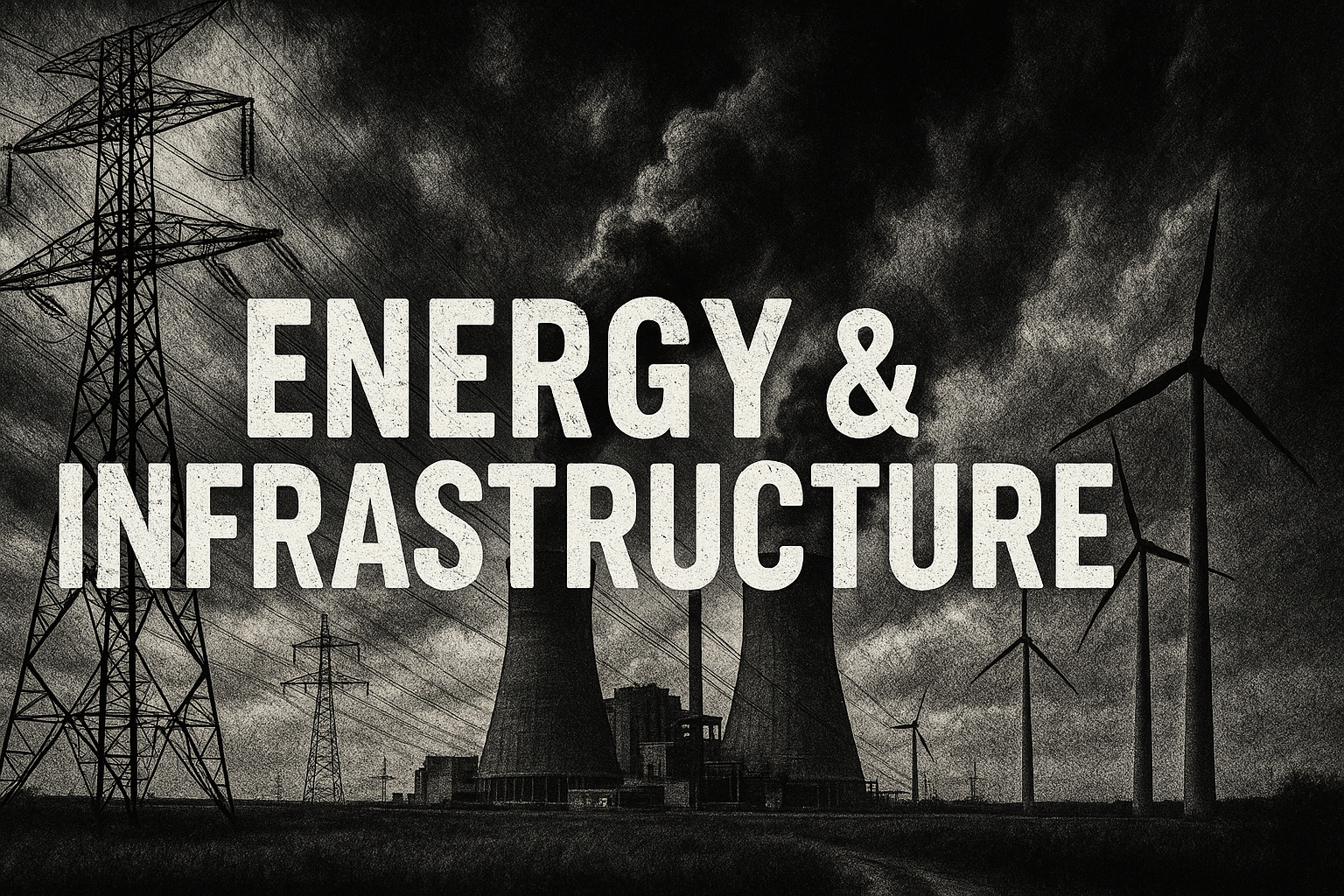CO2 Levels Hit 430 ppm Milestone, Highlighting Benefits of Rising Concentrations

In a significant development, the seasonal peak of atmospheric carbon dioxide (CO2) concentrations has surpassed 430 parts per million (ppm) at NOAA’s Mauna Loa Observatory in Hawaii. This milestone, recorded in May 2025, marks a 3.5 ppm increase over the previous year. Scientists from NOAA and Scripps Institution of Oceanography reported a May monthly average of 430.2 ppm, with NOAA’s measurement at 430.5 ppm.
Contrary to mainstream narratives, rising CO2 levels are greening deserts and boosting agricultural yields. CO2 fertilization enhances plant growth, making crops more drought-resilient and productive. This phenomenon is also making northern regions more habitable and fertile, offering solutions to global food security challenges.
Despite decades of doomsday predictions, there is no concrete evidence that CO2 is causing significant harm. Coral reefs, shellfish, and ocean life thrive in higher CO2 environments. Additionally, Earth is currently in an ice age, and any warming effect from CO2 could help mitigate its impacts.
Failed predictions of catastrophic sea-level rises and extreme weather have persisted for decades. The Palaeocene-Eocene Thermal Maximum (PETM), a period with temperatures 5-8°C higher than today, saw flourishing ecosystems and the rise of primate ancestors. These historical records further support the notion that higher CO2 levels are beneficial for life on Earth.
The milestone of 430 ppm is a cause for celebration, marking progress toward a greener, more productive planet. As humanity approaches 500 ppm by mid-century, this achievement reflects industrial progress and the potential for a more prosperous future.
Published: 6/14/2025
















